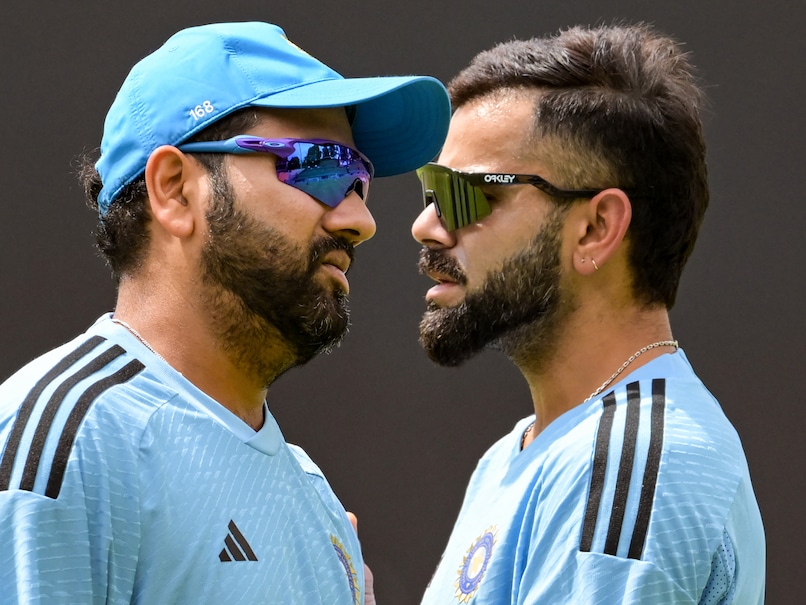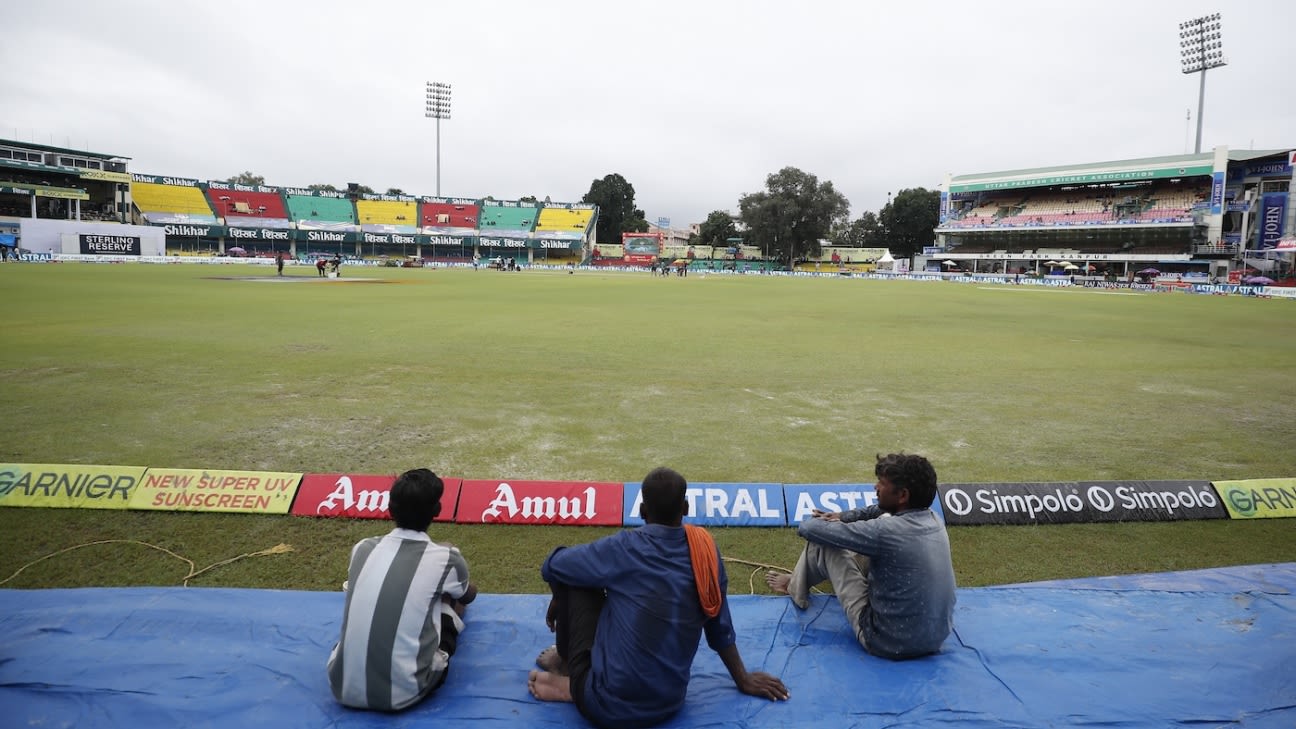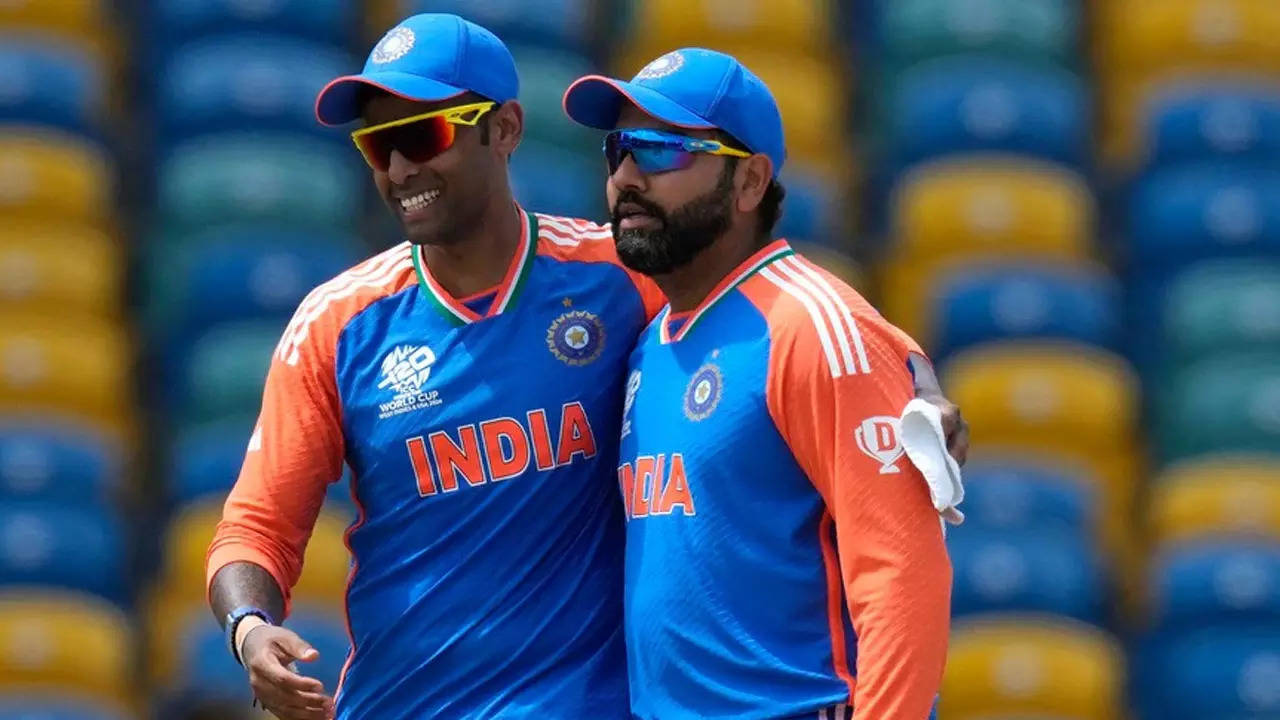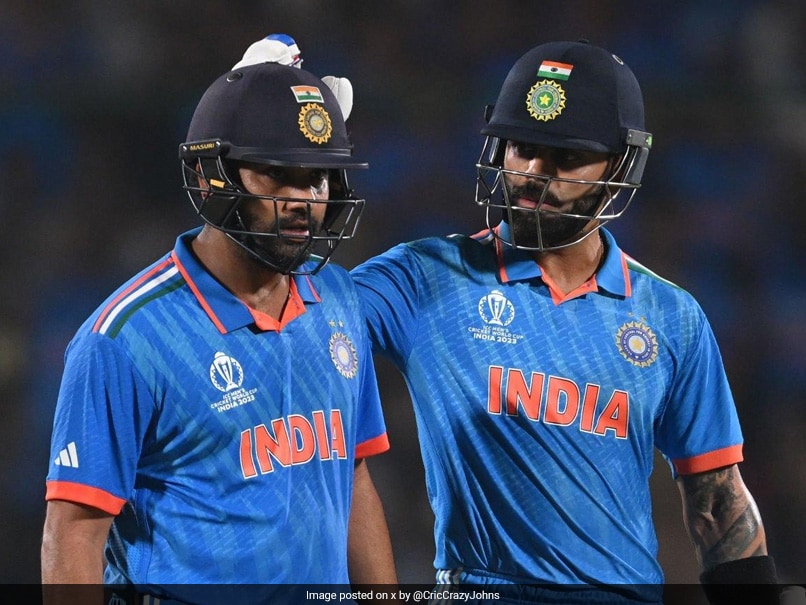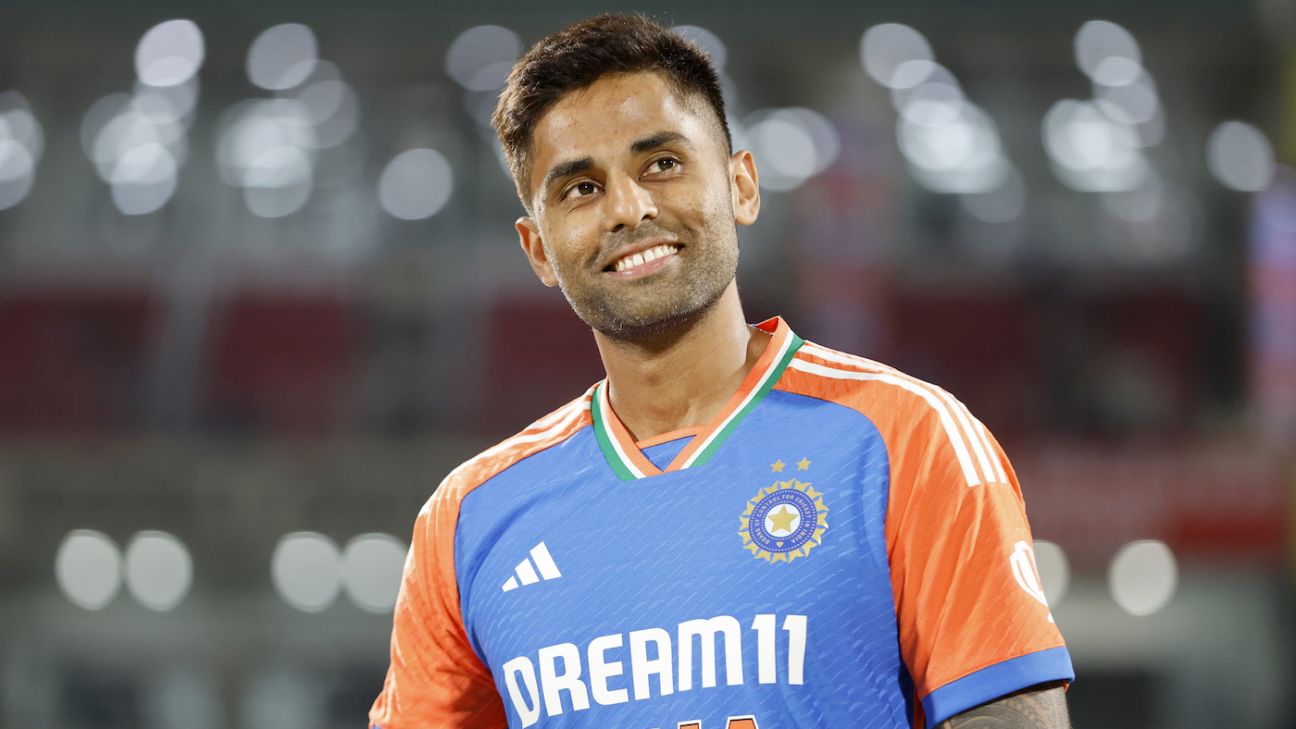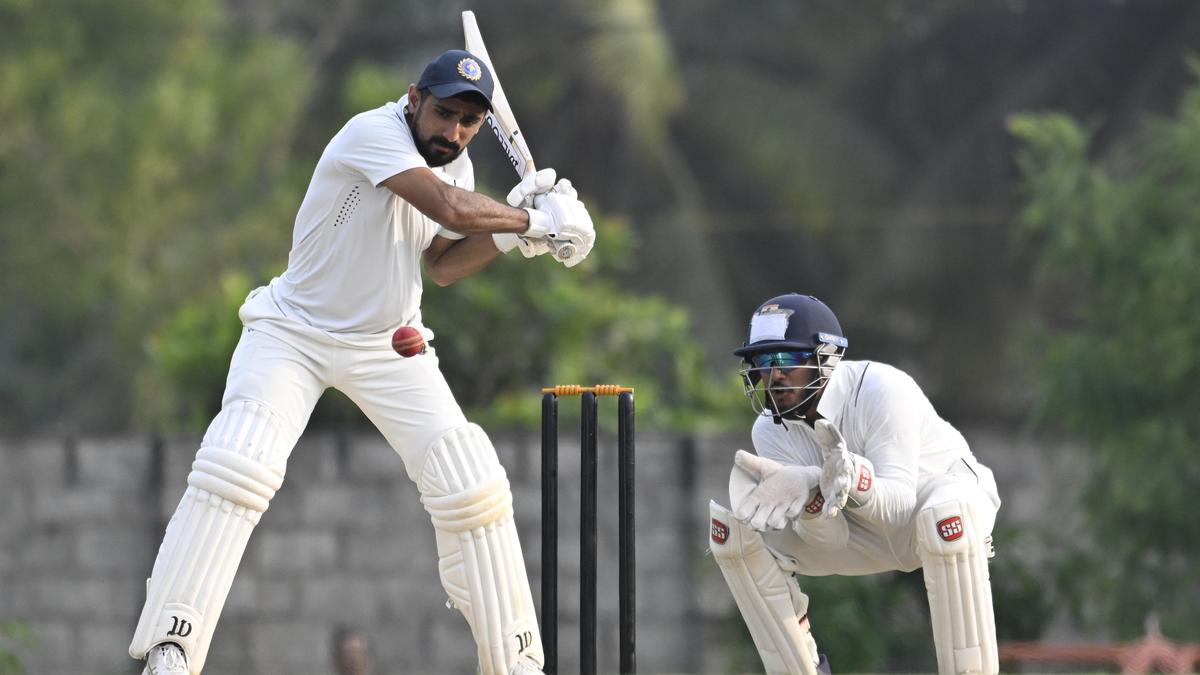Virat Kohli’s performance in the ongoing IPL 2024 has sparked a debate about his role in the modern T20 game. Despite leading the run-scoring charts with a century and two half-centuries in six matches, Kohli’s strike-rate of 141.77 has come under scrutiny.
Critics argue that the “anchor” role, where Kohli often bats through the innings, is no longer suitable for T20 cricket. They point to the need for high strike rates and quick scoring to succeed in the format.
However, former Indian all-rounder Irfan Pathan has defended Kohli’s strike-rate, comparing it to other top T20I batsmen. He highlighted that Kohli’s strike-rate of 138.15 is similar to Rohit Sharma’s (139.97) and better than Chris Gayle’s (137.50).
“You need to make it strike-rate plus average,” Pathan said. “You need to see the kind of role that particular player is playing. You can’t have the same yardstick for each and every player.”
Pathan emphasized that Kohli’s average of nearly 50, combined with his strike-rate, makes him a valuable asset to any team. He questioned the criticism of Kohli’s strike-rate, especially when he scored an unbeaten 113 off 72 balls against Rajasthan Royals, albeit in a losing effort.
Former Indian batter Virender Sehwag also acknowledged Kohli’s form but suggested that he could improve his strike-rate. However, Sehwag criticized the other RCB batters for failing to support Kohli, putting undue pressure on him.
The debate over Kohli’s role highlights the evolving nature of T20 cricket. While high strike rates are crucial, teams also need players who can anchor the innings and provide stability. Kohli’s ability to do both makes him a valuable asset, despite the ongoing scrutiny of his strike-rate.

